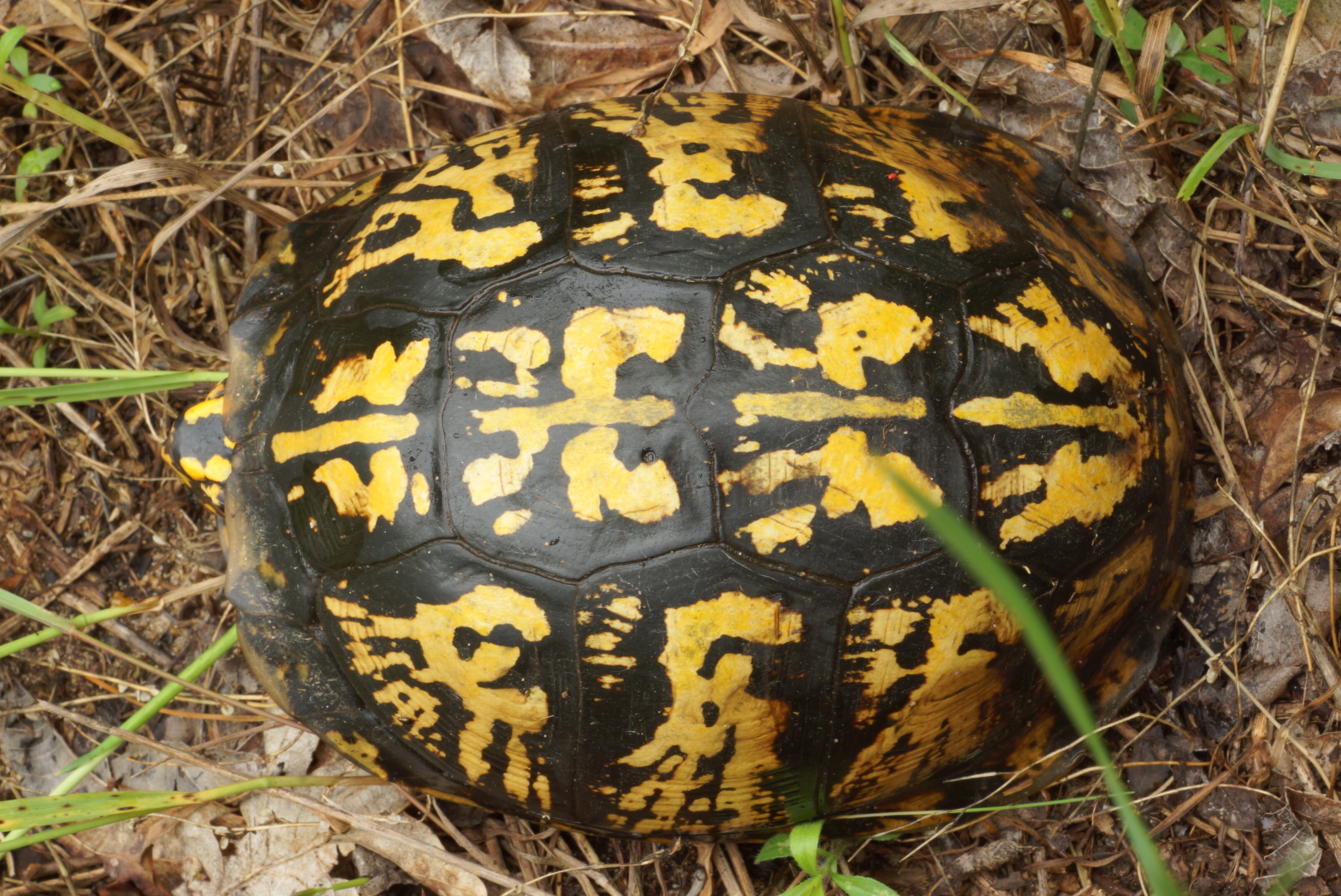


Currently unavailable: Autumnberry represents a new use of a widely planted shrub by the states conservation districts as an invasive species. Unlike autumn olive these selections under the name autumnberry are the same species but are meant for human consumption and developed specifically for its high lycopene levels as a healthy antioxidant fruit selections. As a suggestion by a USDA scientist, the autumnberry name was created as a means to separate it from autumn olive as it is not related to the olive family in any way. The name could also highlight a new food plant that could prevent disease and create a whole new level of nutrient based drinks, jellies and spreads. The over the top anthocyanin levels with 15-30 times more lycopene than tomatoes and its anti-cancer seeds suggest an incredible health benefit to a neglected fruit plant found right in front of us. Despite helping improve soil and allow numerous plants to thrive in its shade acting a nursery in bare or degraded soil situations it is regulated as an invasive species. In many ways following the same culinary trajectory as elderberry and Aronia berry, autumnberry has huge potential as a juice additive because of its high lycopene levels. Some researchers suggest some selections may top over 100 times more lycopene in some selections as people have found even more dark almost black colored berries. These could easily be used for juice with current berry farming technology.
A nitrogen fixing shrub autumnberry grows in the most inhospitable environments and produces loads of fruit without spray. No insects or disease affects the fruits. The flowers attract swallowtails and the fruit is a boon for birds on my farm. Numerous species of plants benefit from its high nitrogen leaves which makes it a good adjunct to tree plantings. Plants are easy to establish but picking is slow as the berries are small. To overcome this for hand picking I have found more clumpy fruiting selections which speeds the process much like the spur fruiting apple characteristics where lots of fruit are produced from one node on the branch.
High Lycopene Selections: "Red Wonder", "Red Lyco", "Red Dynamic"
Selected over the course of two decades, I grew many seedlings from my families farm in central Michigan. I found several types that were consistent in producing very dark red berries or were incredibly heavy yielding. Plants were grown from seeds collected over the course of a decade while observing their growth and yields. All selections are based on how dark red the berries are. This was the primary factor in their selection. The darker the color the higher the lycopene levels.
Red Wonder- Super heavy early variety with good flavor and dark berries. Red Lyco-Very dark red berries with a delicious flavor with little tannic taste. Red Dynamic- Super heavy early variety that produces in good clusters easy to hand pick.
Not for sale at this time and Not Available. Seeds and cuttings will be made available when possible for research development of a new fruit crop outside of Michigan where the plant is not listed as invasive. I am also still looking into the regulatory aspect of it and hoping to find use exemption for the plant as it could be grown then for human use this time separating it from 'wildlife' use. A similar species Goumi is new and some people this is a good fruit possibly non-invasive but it doesn't have the complexity of flavor of autumnberry. Not for sale in the state of Michigan due to phytosanitary restrictions. In Michigan the plant was planted by the millions by the Soil Conservation Districts. They have since discontinued them for many years as wildlife plants and offer herbicide based programs-instructions to remove them. This species is banned in several states as an invasive species. See National Plant Board-State Restrictions on your states status.
| Plant Specs |
| Genus & Species |
Elaeagnus umbellata |
| Seed Source |
Michigan |
| Hardiness |
-25F or more |
| Pollination Requirements |
Self pollinating |
| Soil |
Not particular and easy to transplant. Does poorly in wet areas or areas with heavy shade and moisture in |
| Climate |
Zone 4-8 Does poorly in the western and southeastern U.S. |
| Ease of Cultivation |
One of the easiest fruit bearing plants to grow. Picking is delightful as a lot of berries are produced along the branches with no thorns. Despite their small size can be picked by hand in a short period of time. Kind of a foragers delight judging by the Youtube videos on people using the fruit. |

